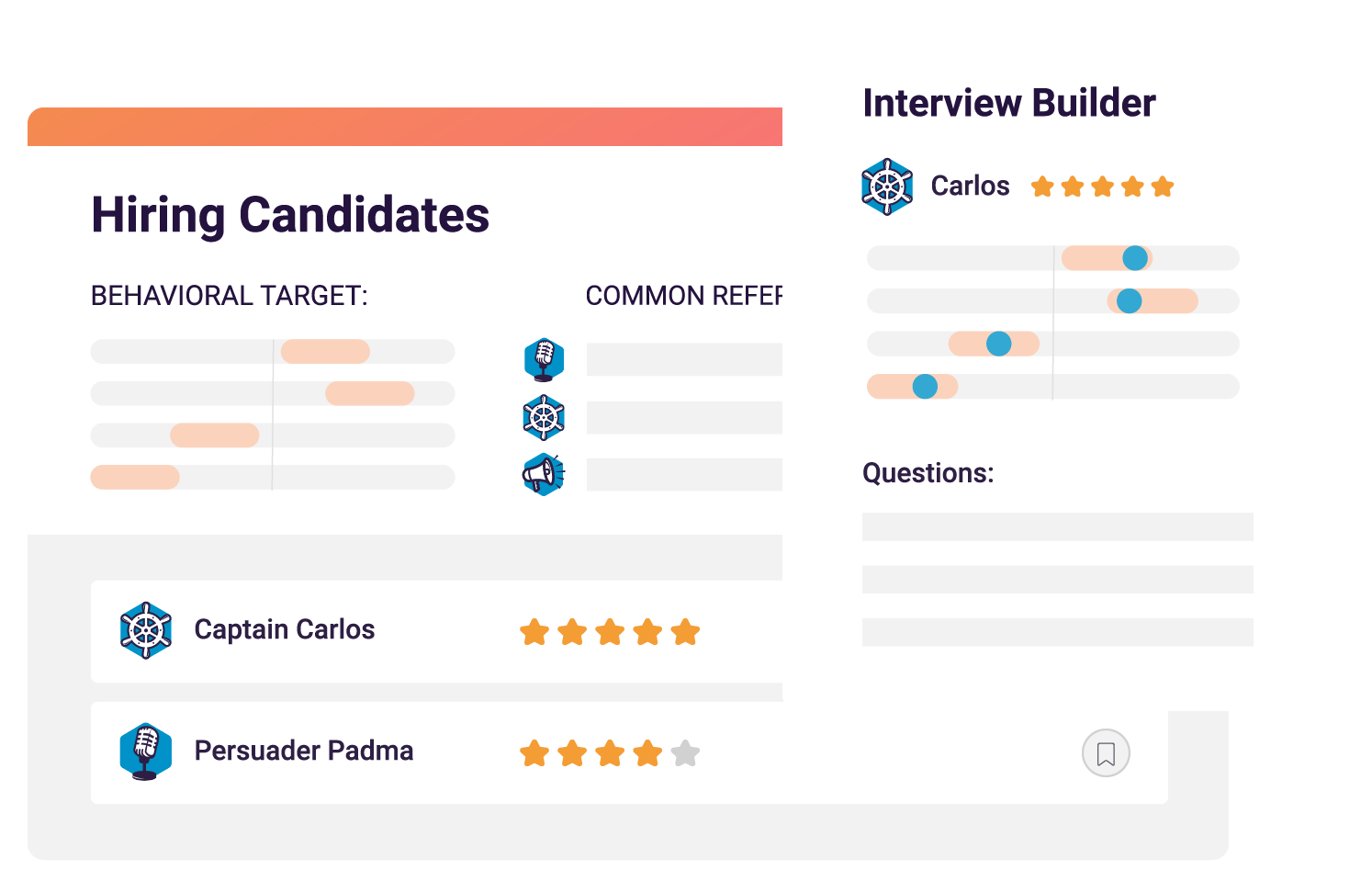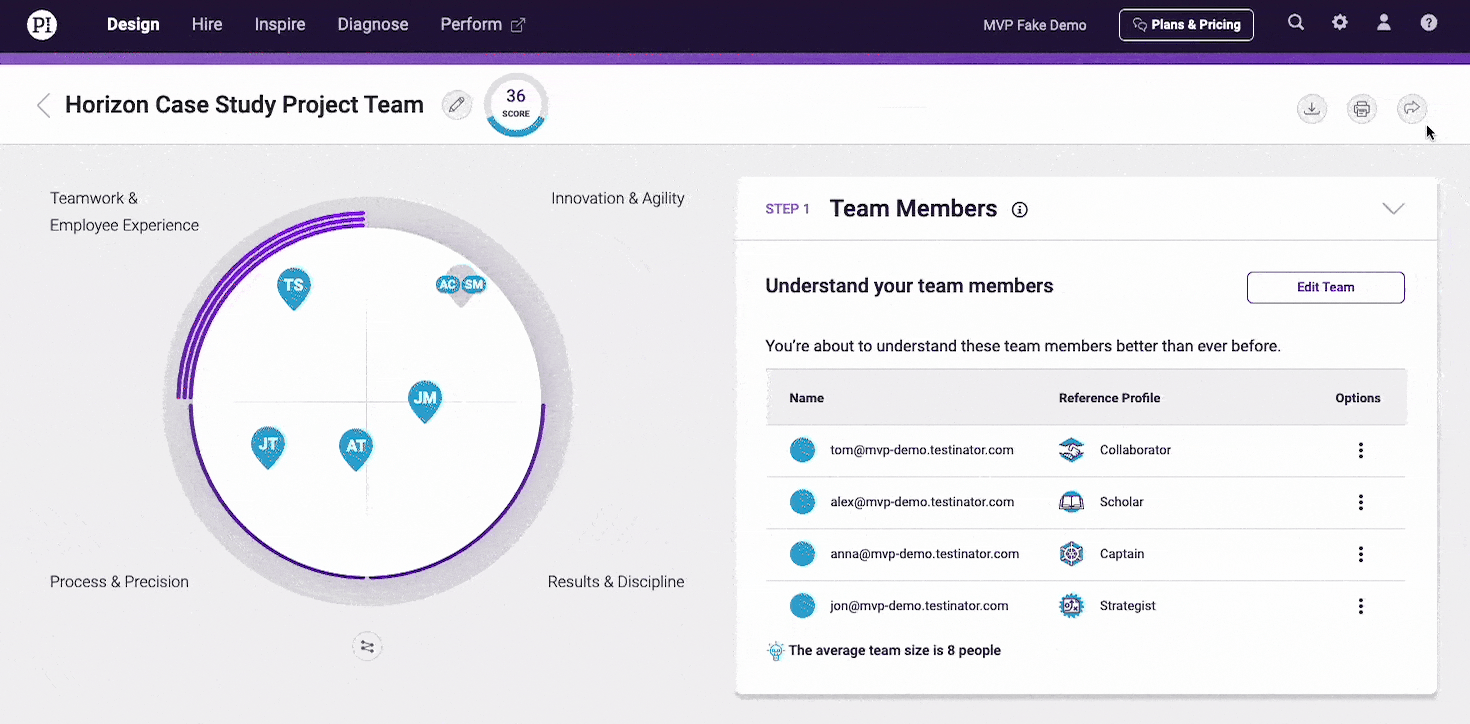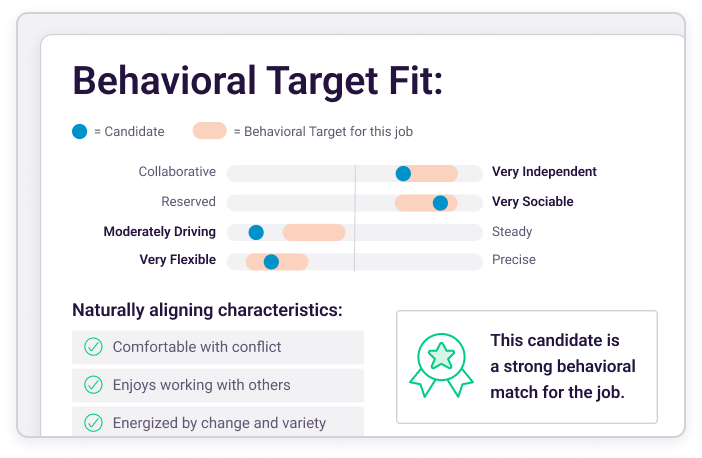Americans love their pets, all 89.7 million dogs and 94.2 million cats—plus countless hamsters, fish, iguanas, hermit crabs, and cockatiels.
Many people view their animal buddies as family members, buying them birthday gifts and showcasing their cuteness on Instagram accounts. Businesses have embraced a day to bring kids to work—it’s the fourth Thursday in April—and have welcome therapy pets to reduce employee stress and boost happiness. So why not allow employees to bring their pets to work?
Pet owners say they feel happier and are more productive when their furry friends are nearby. And research backs them up, showing that dog owners’ stress levels dropped when they were around their pets, while stress levels were higher for workers who didn’t own dogs and for dog owners whose pets stayed home, a Virginia Commonwealth University study found.
Fostering a less stressful work environment might be reason enough to allow employees to bring their four-legged friends to the office. But without a policy governing pets at work, employers can risk aggravating or even endangering other workers. They could also open themselves up to the risk of litigation if an employee is mauled by a colleague’s hostile canine.
If your business would like to welcome animals, here are six key points your pet policy should address:

1. What types of animals are permitted
Yes, there’s a Take Your Cat to Work Day. Most cats, however, aren’t as social as dogs, and employees who bring their kitties will need an accessible spot to stow litter boxes.
Don’t assume employees will restrict their animal companions to cats and dogs. Remember the woman who tried to bring a peacock on a cross-country commercial flight? If you don’t spell out any rules, you could end up hosting a menagerie.
2. Size and weight restrictions for permitted pets
Setting limits on weight and size can help prevent a Newfoundland or a Great Dane from spilling out of a cubicle or intimidating colleagues.
3. How many animals are allowed
Pets are a lively presence in any office, but they can also be a distraction. Consider creating a signup sheet that limits the number of animals permitted in a building or on-campus at a single time.
4. What behaviors aren’t permitted
Every owner thinks their dog is the sweetest, but not every coworker may agree. Spell out behavior and temperament requirements for canine visitors. For example, dogs must be trained, non-aggressive, socialized, and not prone to barking or destructive behaviors.

5. What areas are off-limits
Specify pet-free zones to accommodate workers who aren’t animal fans or where pets might be a distraction, such as in meetings or client presentations. If your company has a café, cafeteria or kitchen, you may bar pets from those spaces for sanitary reasons.
6. Who handles questions and concerns
You’ll need a designated manager—ideally, an HR professional—to field and resolve complaints. Employees with cynophobia (that’s the word for “fear of dogs”) should have a canine-free work area.
About 10 percent of people have pet allergies, with twice as many allergic to cats as to dogs. Consider how you will respond to workers who say they cannot function effectively because of allergies to dander or fur.
Service animals and emotional support animals
Remember that a decision to welcome pets is independent of your company’s position on service animals. If an employee has a disability and requires the assistance of a service animal, the federal Americans with Disabilities Act (ADA) requires that you accommodate that employee, regardless of your company’s policies on animals at work.
Service animals, which have been trained to perform specific tasks to help disabled people, cannot be barred from workplaces.
A service animal is in a different class than an emotional support animal, which hasn’t received specialized training. The federal laws that govern service animals don’t apply to emotional support animals. Therefore, your company doesn’t need to permit emotional support animals in the office. Note: In some cases, California does require businesses to accommodate emotional support animals.








